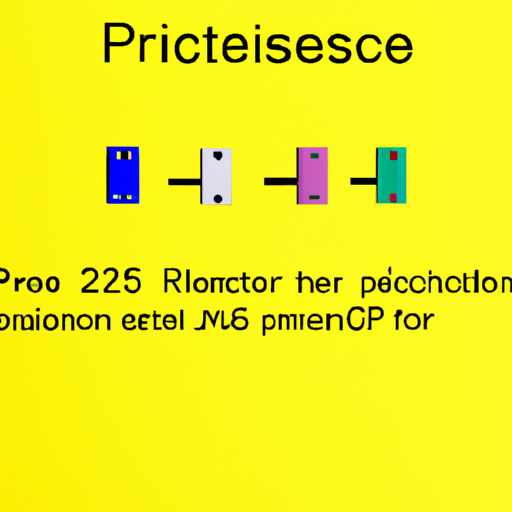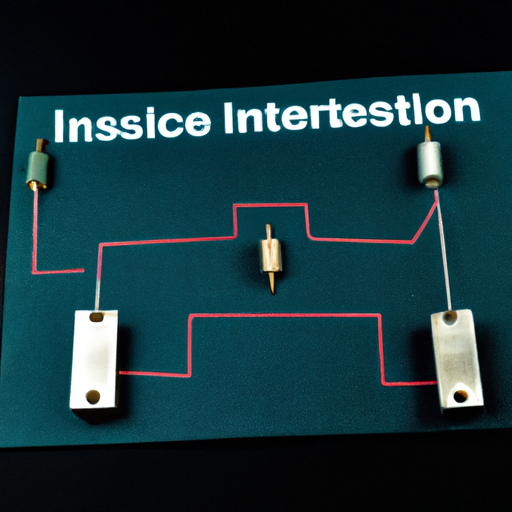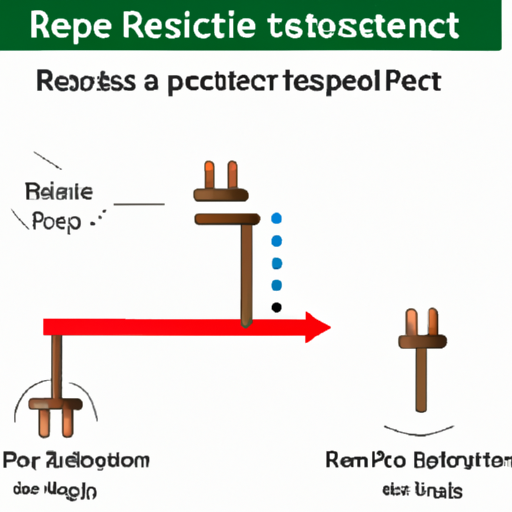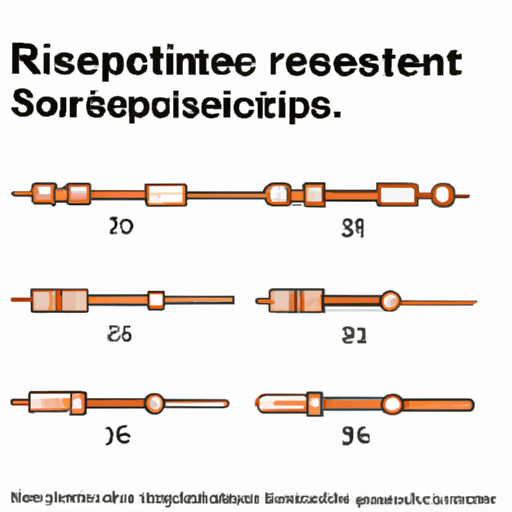What is the purchase price of the latest resistor package?
What is the Purchase Price of the Latest Resistor Package?
I. Introduction
A. Definition of Resistor Packages
Resistor packages are essential components in electronic circuits, designed to limit the flow of electric current. They come in various forms and sizes, each tailored for specific applications. Resistors are fundamental to circuit design, ensuring that devices operate safely and efficiently.
B. Importance of Resistors in Electronic Circuits
Resistors play a critical role in controlling voltage and current within electronic devices. They are used in a myriad of applications, from simple circuits in household appliances to complex systems in computers and telecommunications. Without resistors, circuits would be prone to overloads, leading to potential failures and safety hazards.
C. Overview of the Resistor Market
The resistor market is diverse, with numerous manufacturers producing a wide range of products. Prices can vary significantly based on type, material, and specifications. Understanding the current market landscape is crucial for anyone looking to purchase resistors, whether for personal projects or large-scale manufacturing.
II. Types of Resistor Packages
A. Through-Hole Resistors
1. Description and Applications
Through-hole resistors are characterized by their leads that pass through the circuit board. They are typically larger than surface-mount resistors and are often used in applications where durability and ease of handling are essential, such as in prototyping and educational projects.
2. Price Range
The price of through-hole resistors can range from a few cents to several dollars, depending on their specifications. Basic carbon film resistors are generally the least expensive, while precision resistors with tighter tolerances can be significantly more costly.
B. Surface-Mount Resistors
1. Description and Applications
Surface-mount resistors (SMD) are designed to be mounted directly onto the surface of a circuit board. They are smaller and lighter than through-hole resistors, making them ideal for compact electronic devices. SMD resistors are commonly used in smartphones, tablets, and other modern electronics.
2. Price Range
The price of surface-mount resistors typically ranges from $0.01 to $0.50 per unit, depending on the resistance value, tolerance, and power rating. High-performance SMD resistors may cost more, especially those designed for specialized applications.
C. Specialty Resistors
1. Description and Applications
Specialty resistors include a variety of types, such as variable resistors (potentiometers), thermistors, and photoresistors. These components are designed for specific functions, such as adjusting resistance based on temperature or light levels.
2. Price Range
Specialty resistors can vary widely in price, from a few dollars for basic potentiometers to hundreds of dollars for high-precision or high-power components. The specific application and required specifications greatly influence the cost.
III. Factors Influencing Resistor Prices
A. Material Composition
1. Carbon Film vs. Metal Film
The material used in resistor construction significantly impacts pricing. Carbon film resistors are generally less expensive than metal film resistors, which offer better performance and stability.
2. Price Variations Based on Material
For example, a standard carbon film resistor might cost around $0.05, while a metal film resistor with similar specifications could be priced at $0.15 or more.
B. Tolerance and Power Rating
1. Explanation of Tolerance
Tolerance refers to the degree of variation in a resistor's resistance value. A resistor with a tolerance of ±5% can vary by that percentage from its stated value, while a ±1% tolerance indicates a more precise component.
2. Impact on Pricing
Higher precision resistors with lower tolerance ratings typically command higher prices. For instance, a standard resistor with a ±5% tolerance may cost $0.10, while a ±1% resistor could be priced at $0.30 or more.
C. Manufacturer and Brand Reputation
1. Comparison of Major Brands
Brand reputation can also influence pricing. Well-known manufacturers like Vishay, Yageo, and Panasonic may charge more for their products due to perceived quality and reliability.
2. Price Differences Among Brands
For example, a resistor from a lesser-known brand might cost $0.05, while a similar resistor from a reputable brand could be priced at $0.15.
D. Market Demand and Supply
1. Seasonal Trends
Market demand can fluctuate based on seasonal trends, with prices often rising during peak production periods or when new technologies are introduced.
2. Impact of Global Events
Global events, such as supply chain disruptions or changes in manufacturing practices, can also affect resistor prices. For instance, the COVID-19 pandemic led to significant price increases and shortages in various electronic components, including resistors.
IV. Current Market Trends
A. Recent Innovations in Resistor Technology
1. Advancements in Performance
Recent innovations in resistor technology have led to improved performance characteristics, such as higher power ratings and better thermal stability. These advancements can influence pricing, as higher-performing resistors often come at a premium.
2. Impact on Pricing
As manufacturers invest in research and development, the introduction of new technologies can lead to price fluctuations. For example, a new line of high-performance resistors may initially be priced higher but could become more affordable as production scales up.
B. Sustainability and Eco-Friendly Options
1. Rise of Green Resistors
With increasing awareness of environmental issues, there is a growing demand for eco-friendly resistors. These components are designed to minimize environmental impact, often using sustainable materials and manufacturing processes.
2. Price Implications
While green resistors may initially be more expensive due to the cost of sustainable materials, prices are expected to decrease as demand increases and production methods improve.
V. Where to Purchase Resistor Packages
A. Online Retailers
1. Major Platforms (e.g., Digi-Key, Mouser, Amazon)
Online retailers like Digi-Key, Mouser, and Amazon offer a vast selection of resistor packages, often at competitive prices. These platforms allow for easy price comparisons and bulk purchasing options.
2. Price Comparisons
For example, a standard 1kΩ resistor might be priced at $0.10 on Digi-Key, while the same resistor could be found for $0.08 on Mouser, highlighting the importance of shopping around.
B. Local Electronics Stores
1. Advantages and Disadvantages
Local electronics stores can provide immediate access to components, but prices may be higher than online retailers due to overhead costs. Additionally, the selection may be limited compared to online options.
C. Bulk Purchase Options
1. Cost Savings for Large Orders
Purchasing resistors in bulk can lead to significant cost savings. Many suppliers offer discounts for large orders, making it more economical for businesses and hobbyists alike.
VI. Case Studies
A. Example of Pricing for Common Resistor Packages
1. Comparison of Prices from Different Sources
For instance, a common 10kΩ resistor might be priced at $0.05 on one platform, while another retailer lists it for $0.12. This variation underscores the importance of comparing prices before making a purchase.
B. Analysis of Price Fluctuations Over Time
1. Historical Data and Trends
Analyzing historical pricing data can reveal trends in the resistor market. For example, prices may have increased during the global semiconductor shortage, highlighting the interconnectedness of the electronics supply chain.
VII. Conclusion
A. Summary of Key Points
In summary, the purchase price of resistor packages is influenced by various factors, including type, material, tolerance, and market conditions. Understanding these elements can help consumers make informed purchasing decisions.
B. Future Outlook for Resistor Prices
As technology continues to evolve and sustainability becomes a priority, the resistor market is likely to see ongoing changes in pricing and product offerings. Innovations in materials and manufacturing processes may lead to more affordable and efficient options in the future.
C. Final Thoughts on Making Informed Purchasing Decisions
When purchasing resistors, it is essential to consider not only the price but also the quality and specifications required for your specific application. By staying informed about market trends and comparing prices across different platforms, consumers can ensure they are making the best choices for their electronic projects.
VIII. References
A. List of Sources Used for Research
1. Digi-Key Electronics. (2023). Resistor Pricing and Specifications.
2. Mouser Electronics. (2023). Resistor Types and Applications.
3. Vishay Intertechnology. (2023). Resistor Technology Innovations.
4. Yageo Corporation. (2023). Market Trends in Resistor Manufacturing.
B. Suggested Further Reading on Resistor Technology and Pricing
1. "Understanding Resistor Specifications" - Electronics Weekly
2. "The Future of Electronic Components" - IEEE Spectrum
3. "Sustainable Electronics: The Rise of Eco-Friendly Components" - Green Electronics Council
This blog post provides a comprehensive overview of the purchase price of the latest resistor packages, exploring various types, influencing factors, market trends, and purchasing options. By understanding these elements, readers can make informed decisions when buying resistors for their electronic projects.







